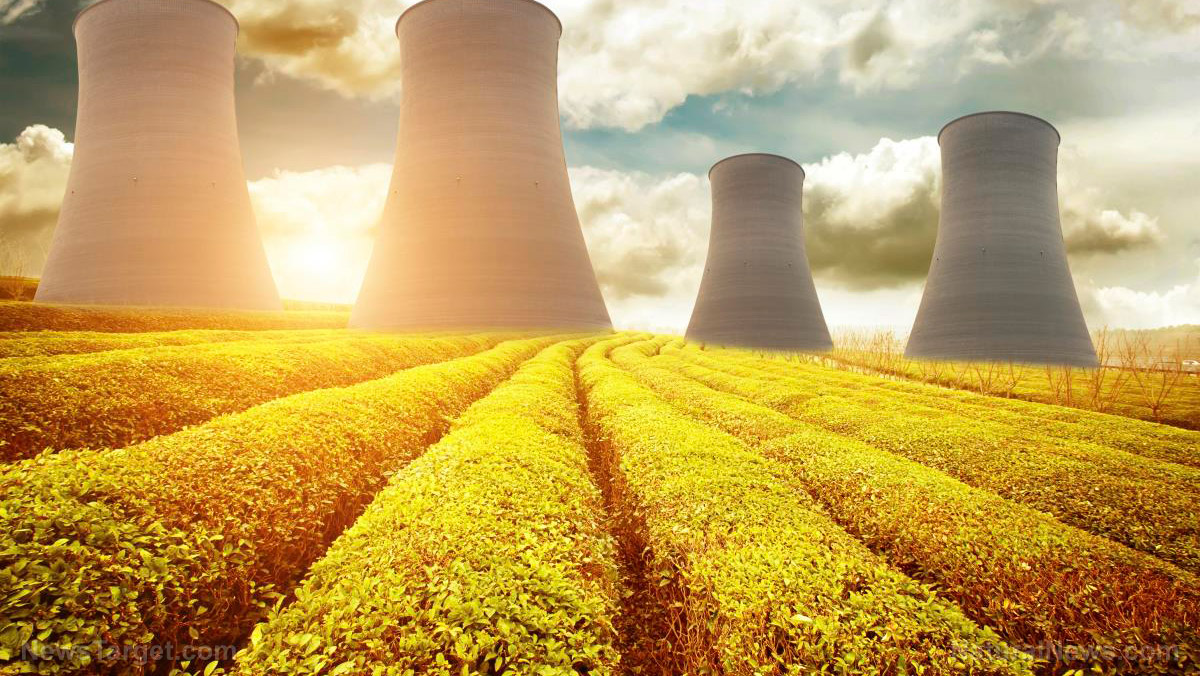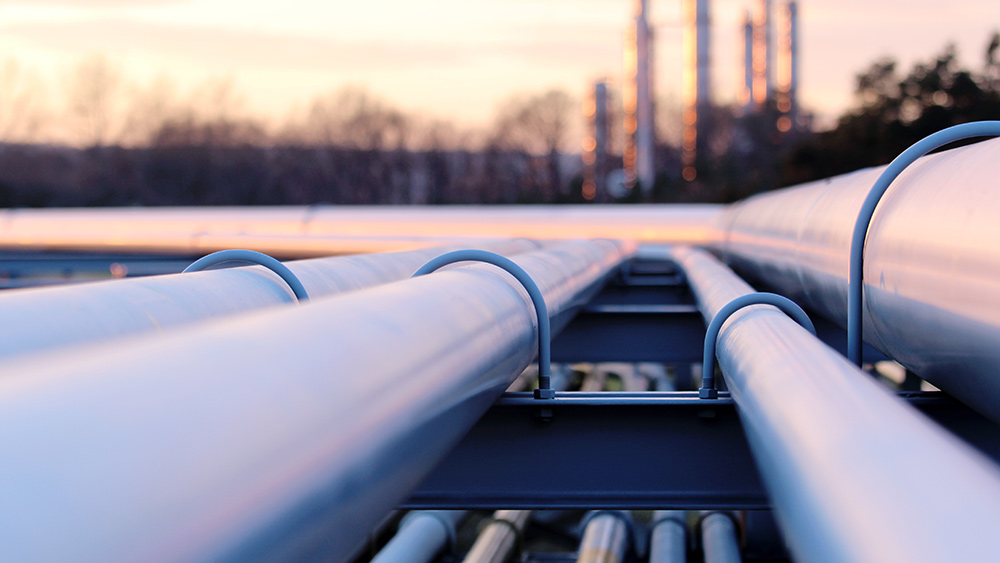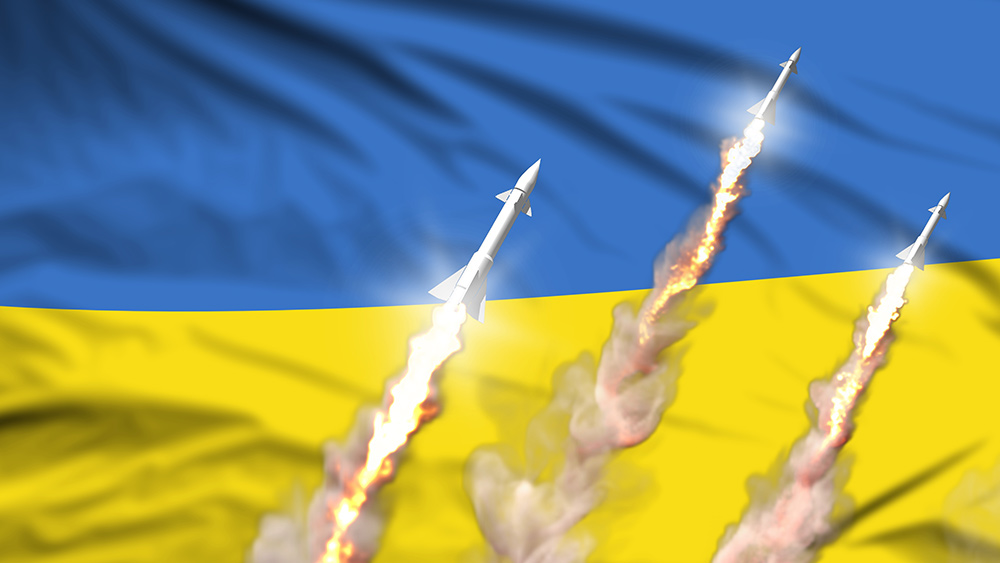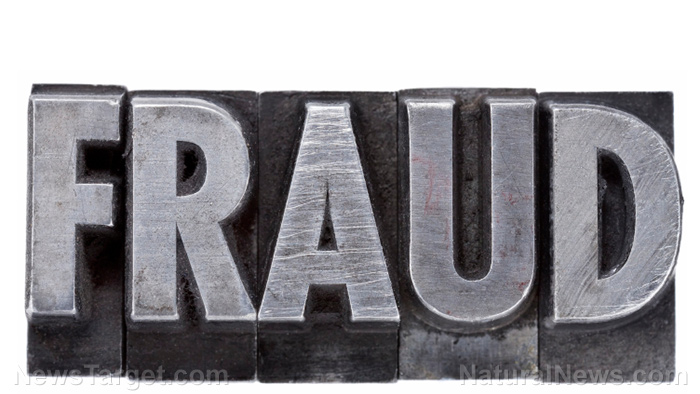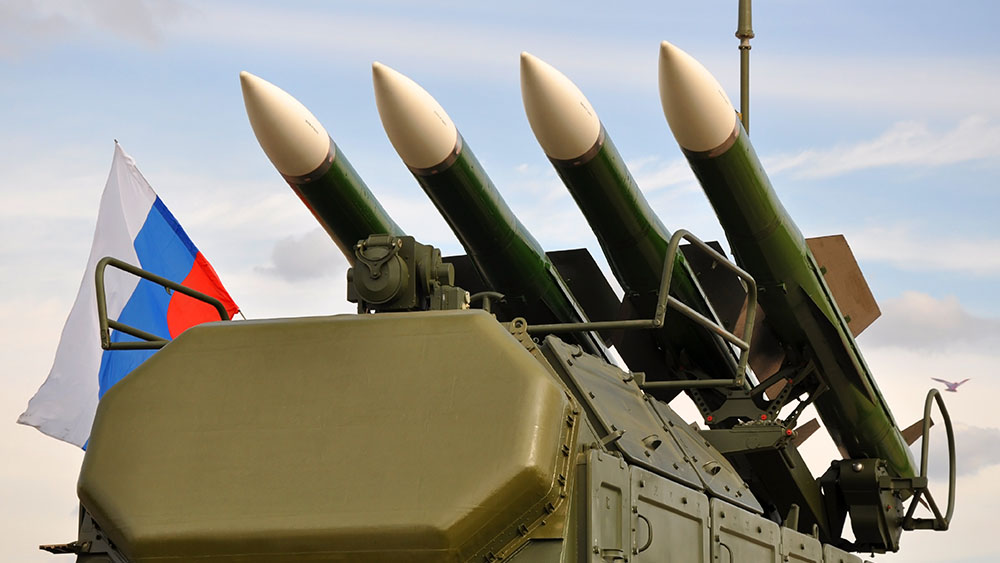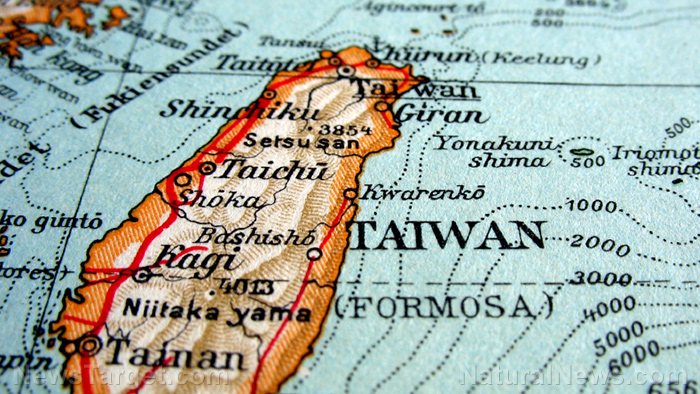Embracing the nuclear renaissance: A comprehensive exploration of energy's most controversial frontier
- The "Nuclear Energy Encyclopedia" provides an in-depth analysis of nuclear energy, addressing its historical context, technological advancements and future potential. It aims to dispel myths and clarify misconceptions surrounding this controversial energy source.
- The encyclopedia challenges the widespread fear of nuclear energy by highlighting the resilience of modern nuclear engineering, particularly in the case of Fukushima. It argues that the actual risks of nuclear energy are often misunderstood and exaggerated, especially when compared to the environmental and human costs of fossil fuel disasters.
- The book emphasizes the importance of understanding different levels of radiation and their varying health impacts. It clarifies that not all radiation is harmful and the key is to distinguish between safe and unsafe levels, which are naturally present in our environment and used in medical treatments.
- The encyclopedia showcases the potential of advanced nuclear technologies, such as fast reactors and pebble-bed reactors, which promise increased safety, reduced waste and the ability to use nuclear waste as fuel. These innovations highlight the efficiency and sustainability of nuclear energy compared to traditional fossil fuels.
- The book advocates for a balanced perspective on nuclear energy, acknowledging its risks while emphasizing its potential to contribute to a cleaner and more sustainable energy future. It encourages learning from past mistakes and fostering informed dialogue to shape a future where nuclear energy plays a vital role in global energy solutions.
The "
Nuclear Energy Encyclopedia: Science, Technology and Applications," edited by Steven B. Krivit, emerges as a timely and authoritative guide, offering a meticulous examination of this polarizing energy source. As we grapple with the implications of a potential "Nuclear Renaissance," this encyclopedia delves into the why, who, when, where and what of nuclear energy, aiming to dispel myths and illuminate the path forward.
The fear of nuclear energy is deeply rooted in historical catastrophes, most notably the Chernobyl and Fukushima disasters. These events have left an indelible mark on public perception, fueling a widespread belief that nuclear energy is inherently unsafe. However, the encyclopedia presents a nuanced perspective. It highlights the resilience of nuclear engineering, particularly in the case of Fukushima, where the reactors withstood forces far greater than their design specifications. This raises a critical question: Should Fukushima be viewed as a testament to the safety features of modern nuclear plants rather than a disaster?
Radiation, a term that evokes fear, is ubiquitous in our environment. The sun and the earth emit it naturally and it is a vital component in medical treatments. The key lies in
understanding the varying levels of radiation and their potential health impacts. The encyclopedia underscores the importance of distinguishing between harmful and harmless radiation levels, emphasizing that not all radiation poses a significant risk.
When comparing the safety records of different energy sources, nuclear energy presents a surprising picture. The Chernobyl Forum's analysis revealed that the environmental impact of the Chernobyl accident was largely contained, with most contaminated areas now deemed safe for settlement. In stark contrast, the environmental and human costs of fossil fuel disasters are staggering. The Banqiao dam failure in China and the Deepwater Horizon oil spill in the Gulf of Mexico have resulted in thousands of deaths and catastrophic environmental damage.
The book argues that the public's fear of nuclear energy is often disproportionate to the actual risks. It attributes this fear to the perceived link between nuclear energy and nuclear weapons. However, as the book clarifies, no nuclear weapon has been manufactured using plutonium produced in a civilian power reactor. The real concern should be the military reactors that produce weapons-grade plutonium.
The "Nuclear Energy Encyclopedia" is not just about addressing fears; it is also about showcasing the incredible potential of nuclear energy. For instance, a one-thousand-megawatt nuclear plant requires only one tractor-trailer of fuel every 18 months, while a coal-fired plant of the same capacity needs 110 rail cars of coal daily. This stark contrast highlights the
efficiency and sustainability of nuclear energy.
Moreover, the book introduces the concept of fast reactors, which can use nuclear waste as fuel. This technology could unlock the energy in waste, potentially supplying all of the United States' energy needs for 70 years using only the waste currently in storage — a game-changing prospect in the quest for sustainable energy solutions.
The book delves into the innovative technologies that are shaping the future of nuclear energy. Pebble-bed reactors, which encase nuclear material in ceramic spheres, promise inherent safety and reduced risk of meltdowns and environmental contamination. Advanced fuel cycles that minimize waste are also discussed, underscoring the industry's commitment to reducing its environmental footprint.
Ultimately, the "Nuclear Energy Encyclopedia" challenges readers to rethink their perceptions, educate themselves and engage in meaningful dialogue about the role of nuclear energy in our world. As we stand on the cusp of a nuclear renaissance, the book serves as a clarion call to embrace the opportunity to shape a future where
nuclear energy contributes to a cleaner, safer and more prosperous world.
The encyclopedia is not just a compendium of facts; it is a catalyst for change, urging us to move beyond fear and embrace the potential of nuclear energy as a vital component of our sustainable energy future.
Learn more about the "
Nuclear Energy Encyclopedia" by watching the video below.
This video is from the
BrightLearn channel on Brighteon.com.
Sources include:
Brighteon.ai
Brighteon.com
